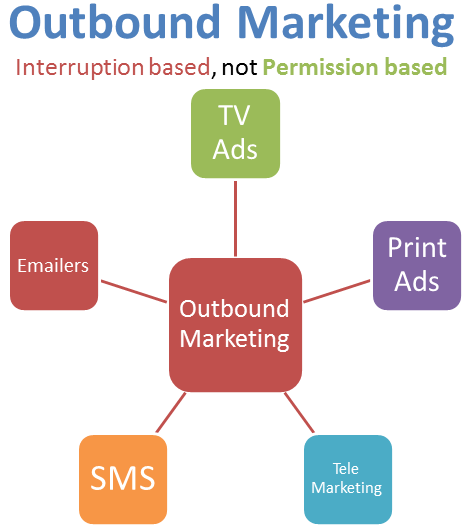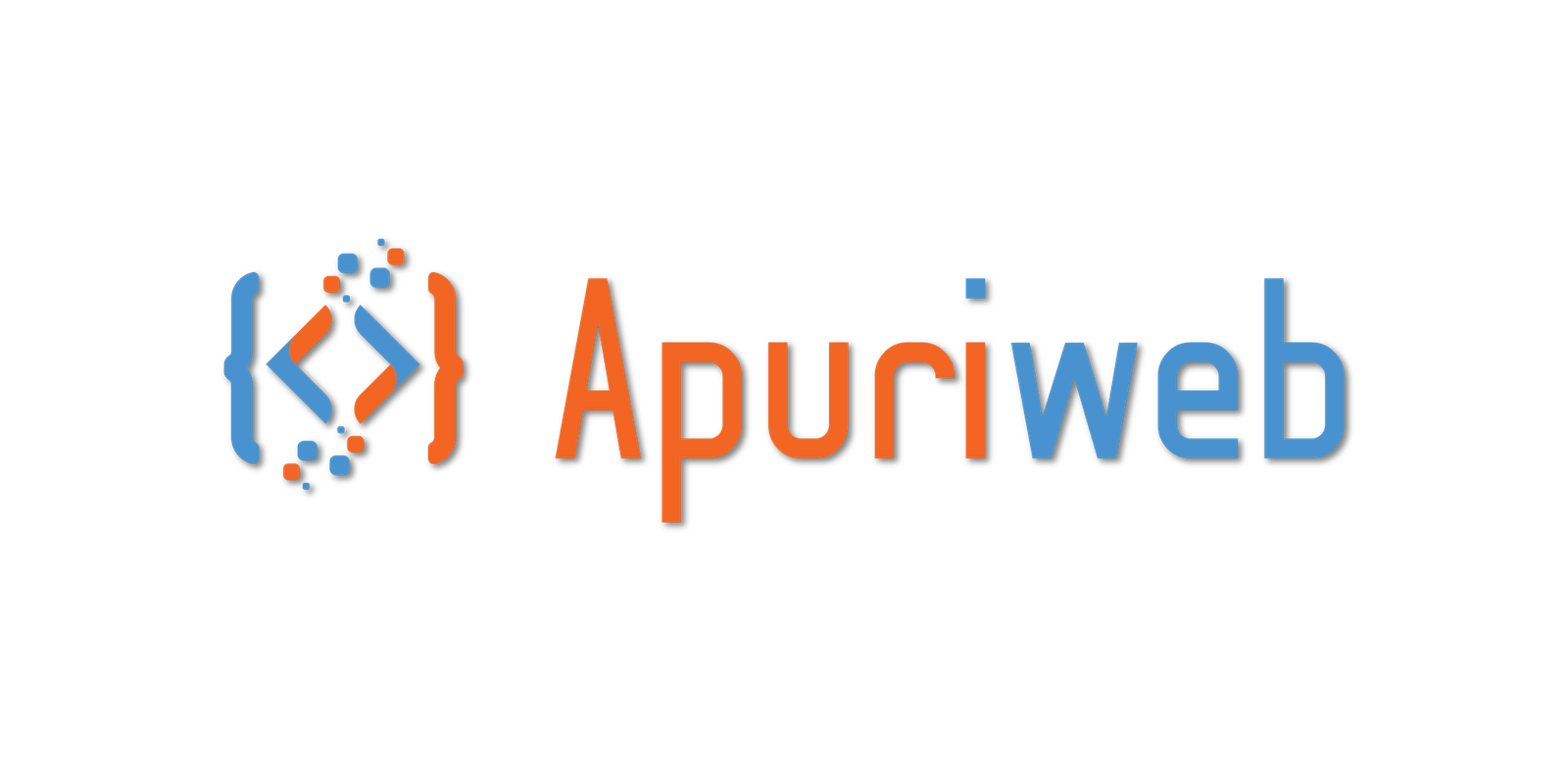
Outbound social media marketing, also known as traditional or interruption marketing, involves pushing a brand’s message or content out to a broad audience through various social media channels. Unlike inbound marketing, which focuses on creating valuable content to attract and engage audiences organically, outbound social media marketing relies on proactive strategies to reach a wide audience, often with the goal of immediate conversions or sales.
Key characteristics of outbound social media marketing include:
Paid Advertising:
- Using paid advertising features on social media platforms to display promotional content to a targeted audience. This includes sponsored posts, display ads, and other paid placements.
Promotional Content:
- Creating content specifically designed for promotion, such as sales announcements, limited-time offers, and product launches. The emphasis is on pushing promotional messages to generate immediate interest and sales.
Mass Messaging:
- Broadcasting messages to a large audience without necessarily considering their specific interests or preferences. The goal is to reach as many people as possible with the promotional content.
Direct Sales Pitches:
- Employing direct sales tactics within social media posts. This could include clear calls-to-action (CTAs), special offers, and explicit requests for purchases.
Email Blasts:
- Utilizing social media platforms to share promotional emails or newsletters with a large audience. This approach aims to reach potential customers directly through their social media feeds.
Event Promotion:
- Promoting events, webinars, or product launches through social media channels with a focus on creating buzz and driving attendance.
Contests and Giveaways:
- Running contests, giveaways, or sweepstakes to attract attention and encourage engagement. These campaigns often involve participants sharing or tagging others to increase reach.
Influencer Collaborations for Promotion:
- Partnering with influencers to promote products or services to their followers. This involves paying influencers to create content endorsing the brand.
Limited Engagement:
- Often focusing on short-term engagement and quick conversions rather than long-term relationship building. The goal is to capture immediate attention and drive specific actions.
Traditional Advertising Tactics:
- Applying traditional advertising strategies to social media, such as banner ads, pop-ups, and other interruptive formats.
While outbound social media marketing can be effective for certain goals, it’s important to balance it with inbound strategies for a well-rounded and sustainable approach. Many businesses find success by combining both inbound and outbound social media marketing to create a comprehensive strategy that builds brand awareness, engages audiences, and drives conversions over time.
